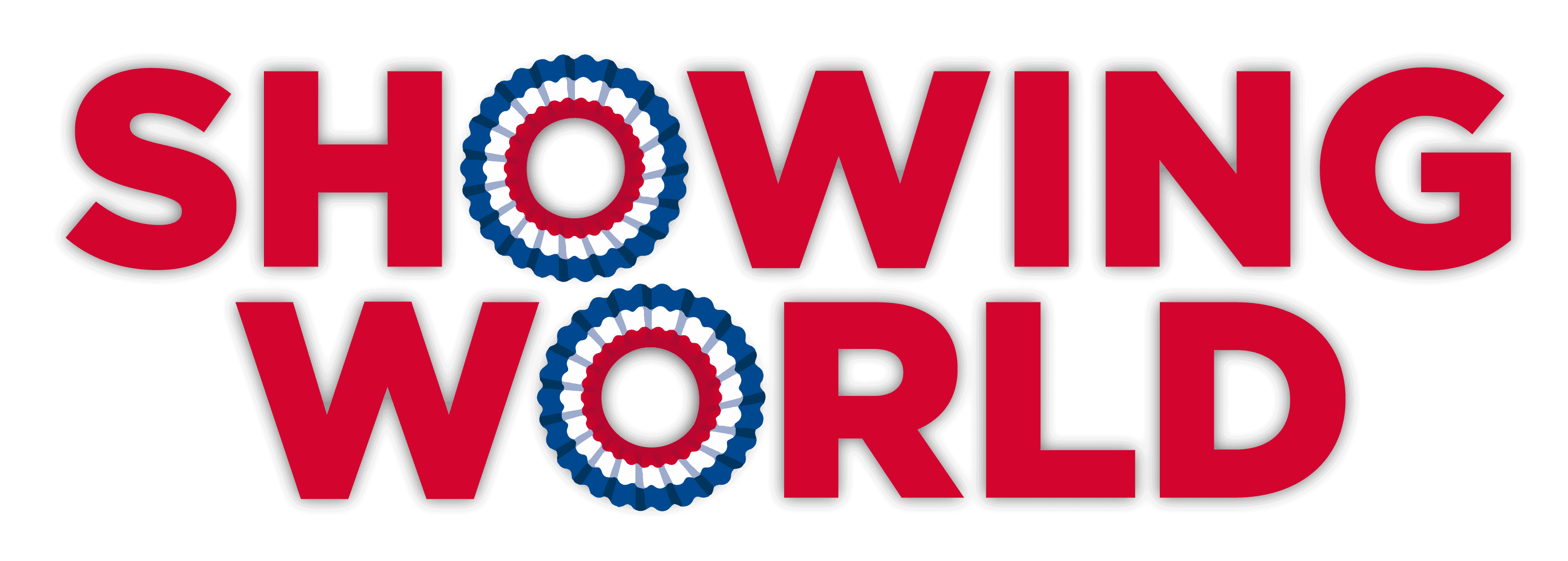New Year, new horse: Getting the right start!
Senior veterinarian at Little Rock Equine Vets, BSHA judge, and exhibitor, Lucy Penrose BVMedSci BVM BVS MRCVS, gives us her tips for responsibly getting our horses back ship-shape for the season.
‘As the show calendars start coming out for 2022 and we pencil in the dates, it’s important to consider is timings and preparation. First things first, are your vaccinations correct? When are your boosters due? If you are due early in the season, maybe consider moving them forward slightly so they are started before competition starts. All vaccines MUST be done at least 7 days before competing. It’s also important to consider many competitions and venues are now requesting 6 month boosters. So not only do you need to make sure that your 12 month jabs are done in time, but that you consider where the 6 month booster lies in the competition year? If it ends up being a week before the Royal International, for example maybe consider having it done slightly earlier so any risk of a vaccine reaction/sore neck or body part has a reduced risk of impacting your performance.
A small amount of enthusiasm is returning to us all following the end of winter solstice, and so work loads are starting to build up. This is a vital part of your horse or pony’s health and fitness and people often miss the basics. We are very reliant as an equine society on arenas and surfaces. However, the best thing for equine fitness and soundness is straight line work! The “old fashioned” approach of six weeks hacking out in walk to restart work has a great standing. Most lameness issues are actually induced through recurrent circles and arena surfaces creating abnormal forces through the limbs. So, if it is safe for you to do so, as much hacking, farm rides, field walks etc as possible is ideal.
Also, timing wise build it up steadily; don’t go straight out for a three hour fun-ride. Start at 30-60 minutes in walk and build up time, inclines, ground types etc. No matter how hard we would all like to pre-emptively lunge 2022 into submission before we all get on board, lots of lunging with or without training equipment at an early stage in fitness work is not ideal. It puts a lot of pressure on collateral ligaments and other soft tissues and can result in low grade damage or trauma to them which may not show up at this point, but one incident later in the season could exacerbate an established weakness due to this training method. If you need to go in the arena rather than hacking then consider long lining rather than lunging, include poles and other core strengthening exercises to develop the muscular strength and stability. Trotting poles (raised or flat) are the equivalent of doing a sit up so really good for engaging those core muscles and allowing our performance horses to show themselves off the best they can.
Have their teeth been done? If not, ensuring that dental health is spot on is so important. Horses are designed to eat for twenty hours a day, so they are rather an important part of anatomy. Dentistry should be done by BEVA accredited EDTs – the list is on the website – or veterinary surgeons. They will give any relevant advice on feed, feeding technique, check-up requirements etc.
Another VITAL part of the pre-season preparation has got to be working with your paraprofessionals. First port of call should be your farrier. Getting the horse or pony’s feet set up at this point is ideal, rather than waiting until three weeks before your first competition. I personally believe that the adage, “no foot no horse,” is as valid today as it has ever been. There are so many products and shoe types and so much knowledge available that any problems can be addressed during rest and preparation periods. When getting set up for the season, ensure that diet supports good foot growth. Get a good balancer with decent biotin level etc. It takes approximately 9-12 months to grow a full hoof capsule, so by mid-summer what you feed over winter will be halfway down to the lower aspect of the hoof. This is what you will have “on show” for the season. Sometimes pre-season foot balance radiographs (x-rays) can be helpful for your farrier to ensure that ideal foot balance and trimming can be achieved. You wouldn’t ask Mo Farrah to run a marathon in uneven trainers, so asking our athletes to doesn’t seem fair.
It’s also worth getting your physiotherapist or osteopath to check your horse or pony as you start the workload again. They will be using muscles that have been on standby over winter so, like us going to the gym for new year resolution, we get stiffness, tightness and tenderness as they all start working again. If we don’t manage and maintain them properly their performance will be affected so it’s worth having a good working relationship with your chosen professional as your horse or pony will need maintaining throughout the season. They will also be able to help with strengthening exercises in the arena such a pole exercises for your start up programme.
Saddle fit is another worthwhile check at the start of the exercise programme, and then about three months into it as a horse’s shape will change dramatically.
We need to ensure that we are setting our horses up to develop and perform as well as possible and their waist lines are an important consideration in this. If they have ‘wintered well’, ensure that the balancers and feeds they are receiving are low in calories but have the vital nutrients for muscle development. Consider soaking hay as their forage source – it must be soaked for minimum 12 hours to reduce sugar content sufficiently for weight loss. However, I do appreciate that this is challenging in winter, so maybe reduce the quantity and double net it so it lasts longer. Also, if they have a haynet, hang it in the centre of the stable not against a wall so a smaller amount lasts longer but they don’t get bored. Exercises to strengthen up core and increase metabolic rate in these guys are really important and will have the best effect.
If your horse has either had weight stripped off over winter or hasn’t wintered well, then the feeding and strengthening requirements are very different. We don’t want to pile high energy calories in; it’s always important to remember horses and ponies are designed to eat lots and lots of fibre, not cereals. So going for high fibre feeds with a decent protein level in is a good way to ensure healthy gut function whilst also providing the correct building blocks for muscle development and condition as work increases. Balancers are also vital for these candidates. If we are starting a poor doer, make sure they are wormed, and start with lots of straight-line work for longer than others as we sadly are right and left handed and therefore subconsciously always work one side more than another even when actively trying not to. In these horses, this will always develop a muscular assymetry much faster. This has knock-on effects for saddle fit, movement etc.
Finally, are you bringing out a novice or an established show horse or pony? The younger generation need a lot more strengthening and mentally stimulating work to make sure that their body and their brain are well prepared for the season. Plenty of hacking – including hill work to strengthen and build up those second thighs – is really important, and mixing it up with farm rides, beach trips etc is really beneficial. Diet has to be considered, and adapted throughout younger horse’s workload and development as they are changing all the time. Younger horses should also have their teeth checked every six months not every year as they are erupting and changing far quicker than horses ten-years-old or over.
A more established performance horse or pony will have the baseline muscles and strength so will recover back into a fitter state slightly faster than a novice. This isn’t to say, ‘rush them’, but expect to see improvements in these guys in a shorter time frame.
Most importantly, enjoy getting the bit between your teeth and kicking on into the new season! The societies are working SO hard to give us the best competition opportunities they can, especially with covid restrictions and new regulations in place. Hopefully, some of this blog will give you guys the support and advice you need to set yourselves and your dancing partners up well and enjoy the forthcoming year.’
Lucy


